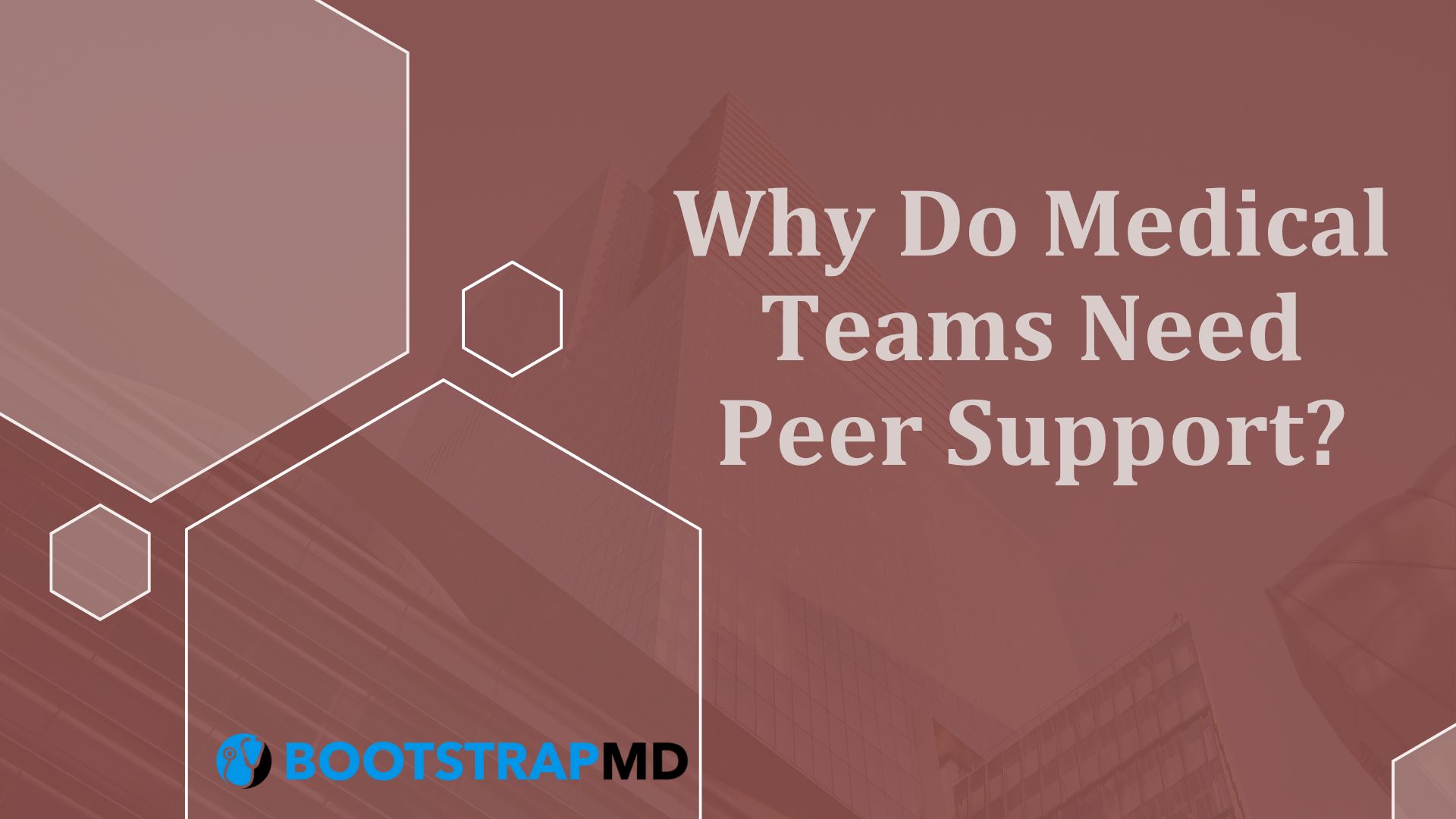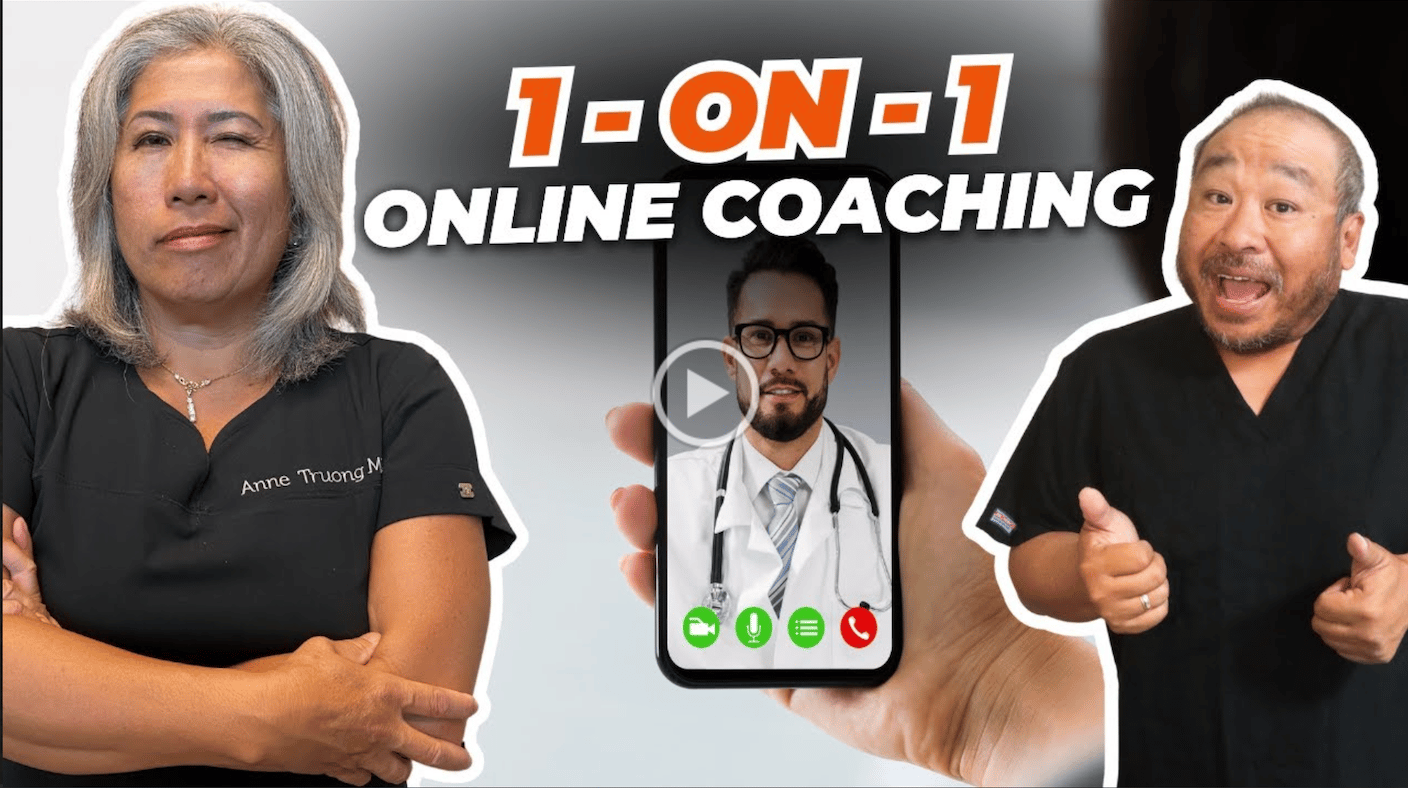- The Lounge
- Posts
- Why Do Medical Teams Need Peer Support?
Why Do Medical Teams Need Peer Support?
Change arrived, but not unity / Culture fit beats the resume / Your why sets you apart

The LOUNGE - A Newsletter for Savvy Physicians
We scour the net, selecting the most pertinent articles for the busy doc so you don’t have to! Here’s what kept our focus this week…
While positive psychology has value, it’s insufficient for addressing deep-rooted systemic and personal contributors to burnout.
Over 25% of surveyed workers said their workplaces went through “significant or transformative” changes in the past year.
Ethical dilemmas, adaptability, and teamwork are better indicators than technical skills alone.
A strong "why" helps guide not only patient communication but practice culture and decision-making.
Speak too soon and risk backlash, wait too long and lose momentum—welcome to feedback as a new leader.
Consistency builds credibility, making customers more likely to choose and stick with your brand.
Make Money Online: Why One-on-One Coaching is Easy and Effective
Ready to unlock true career and financial freedom beyond your office practice? In this video, we dive deep into how doctors like you can leverage your expertise to build a thriving online coaching business, from personalized 1-on-1 sessions to scaling with group programs. Learn how to define your niche, price your services for maximum impact, and even utilize AI to boost your productivity.
Join Doctors Online Success
A free discussion forum exclusively for physicians! Connect with like-minded doctors, share insights, and gain valuable strategies for success in medicine and beyond. Don't miss out—sign up today and start the conversation!

LOUNGE TALK
In a deeply personal reflection, Dr. Maire Daugharty, an anesthesiologist and licensed therapist, shares how her work in the high-pressure world of locum tenens illuminated the emotional fractures in modern medicine. Despite delivering excellent care, physicians often operate in silos, struggling with internalized pressure, perfectionism, and emotional fatigue—all while maintaining a professional exterior. Peer support, she argues, isn't just a feel-good initiative; it can literally save lives by reducing isolation, normalizing vulnerability, and nudging colleagues toward professional help when needed. Her experience is shaped by the loss of three colleagues—deaths she believes could have been prevented through earlier, deeper emotional connection and support. She critiques the limits of positive psychology in medical spaces that demand more systemic, trauma-informed frameworks. Dr. Daugharty advocates for integrated, structured peer support systems that are proactive rather than reactive. The ultimate takeaway: being a doctor doesn’t mean being invulnerable—and saving lives includes saving your own.
A new report from the American Psychological Association (APA) reveals a growing disconnect between company leaders and frontline workers when it comes to navigating workplace changes. While management tends to see recent shifts—like AI adoption, layoffs, or DEI rollbacks—as signs of progress, employees on the ground are often more skeptical, reporting stress, dissatisfaction, and uncertainty about the future. The 2025 Work in America Survey polled over 2,000 U.S. workers and found that over a quarter experienced “significant or transformative” change at work this past year. The report also highlights specific challenges faced by workers with disabilities and a concerning lack of mental health resources across industries. Perhaps most notably, it underscores that aligning work environments with employee preferences—whether remote, hybrid, or in-office—has a major impact on satisfaction and productivity. The APA urges leaders to ditch the top-down mandates and instead embrace flexibility, transparency, and active listening. TL;DR: the best way to support your team right now is to meet them where they are.
Support Our Sponsor: Student Loan Planner
Concerned about medical student loans? It's time for a custom action plan. Talk with these experts who've helped over 11,000 borrowers take on $2.5 billion in student debt. Book your meeting today!
While technical skills and experience remain critical in hiring, employers often overlook a factor that can make or break long-term success: cultural fit. Dr. Christina Rahm argues that hiring isn't just about filling a role—it's about building a values-aligned, collaborative organization. Candidates who align with a company’s mission, values, and work style tend to be more engaged, adaptable, and committed. But to screen effectively for culture fit, companies must first define their culture clearly and embed it into every step of the hiring process—from job postings to interview questions. Generic hiring approaches won’t cut it anymore; in today’s talent market, top candidates are looking for purpose and transparency. The takeaway: values-driven hiring isn’t soft—it’s strategic. The right cultural alignment can elevate not just team dynamics but retention, performance, and growth.
In a field where clinical outcomes and services often look identical, Dr. Neil Baum argues that the true differentiator in medicine isn’t what you do or how you do it—but why you do it. Inspired by Simon Sinek’s “Start with Why,” Baum highlights the power of defining your purpose as a physician or medical practice. When doctors lead with their mission—such as empowering patient wellness or providing compassionate care—they inspire trust and foster deeper connections. Yet, many physicians default to touting credentials and tech instead of articulating a meaningful why, leaving patients with no emotional reason to choose one provider over another. Baum urges practices to flip the traditional model and communicate from the inside out, starting with a clear, compelling why that resonates with both patients and staff. This approach isn’t just branding—it’s leadership, engagement, and long-term differentiation. In short: your why may be your most valuable clinical tool.
Giving feedback is one of the trickiest tasks for new leaders, especially when they haven’t yet built trust or established credibility with their teams. In her article, Marissa Fernandez outlines four strategies to help leaders navigate this delicate process without losing authority or authenticity. The key? Timing, empathy, and clarity. New leaders must strike a balance between moving too quickly—risking backlash—and waiting too long, which can delay progress and performance improvement. Instead of diving into criticism, leaders are encouraged to foster psychological safety, observe patterns before jumping in, and frame feedback as part of team development. Done right, early feedback becomes less of a risk and more of a leadership tool to build trust and drive growth. It's not just about correction—it's about connection.
Brand confusion isn’t just a marketing hiccup—it’s a silent business killer. In today’s competitive market, inconsistent messaging, disjointed visuals, or unclear positioning can break consumer trust and shrink market share. This guide outlines the ripple effects of brand confusion, from diluted value propositions to disengaged employees and lost sales. Common culprits include identity overextension, poor brand architecture, and lack of internal education. But the good news: these issues are fixable. By clarifying the brand’s core, auditing all touchpoints, creating detailed guidelines, and investing in training and feedback loops, companies can reclaim brand clarity and reconnect with their audiences. Bottom line? A clear, consistent brand isn’t just aesthetic—it’s a growth strategy.
WANT TO REACH THOUSANDS OF FORWARD-THINKING PHYSICIANS? CONSIDER SPONSORSHIP. CONTACT US FOR DETAILS.
QUICK BITES
5 ways leaders can communicate power.
5 things people don't tell you about being a high-growth entrepreneur.
5 pro viplikes marketing tactics to grow your business in 2025.
Smart ways to make your money work harder.
Like the newsletter? Share it with someone you know! If you have any feedback or suggestions for future issues, please don’t hesitate to reach out!
“We get out of life what we put into it. The way we treat others is the way we ourselves get treated.”

